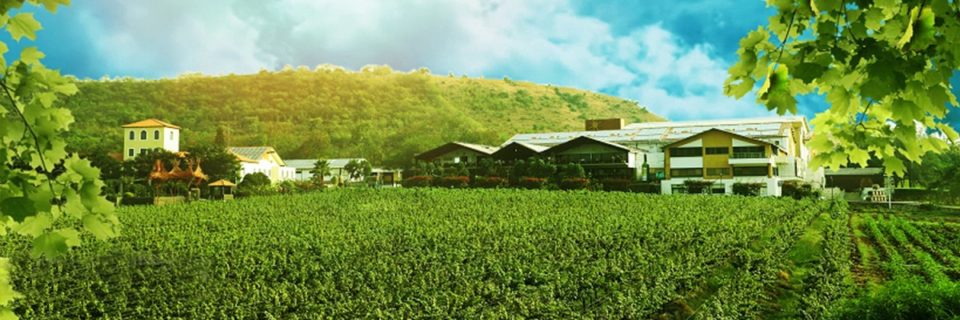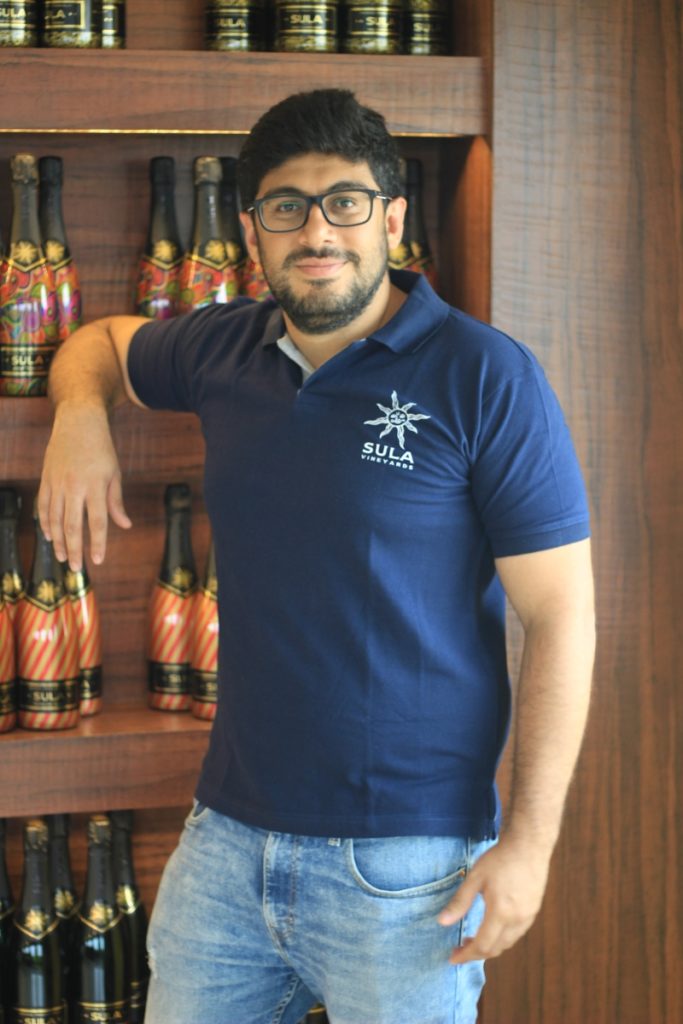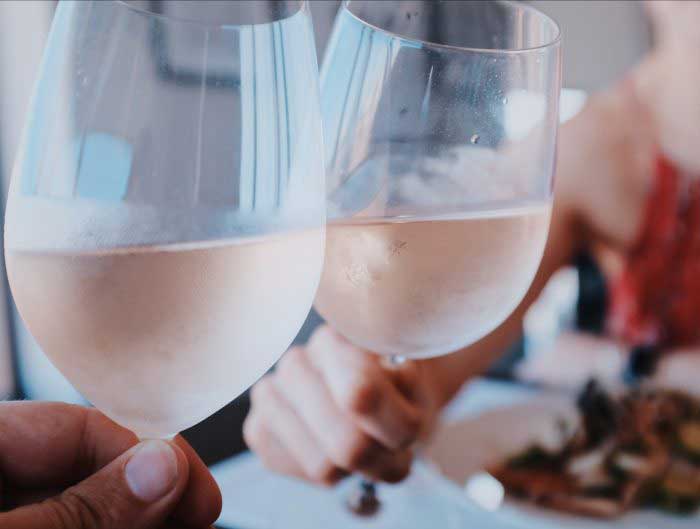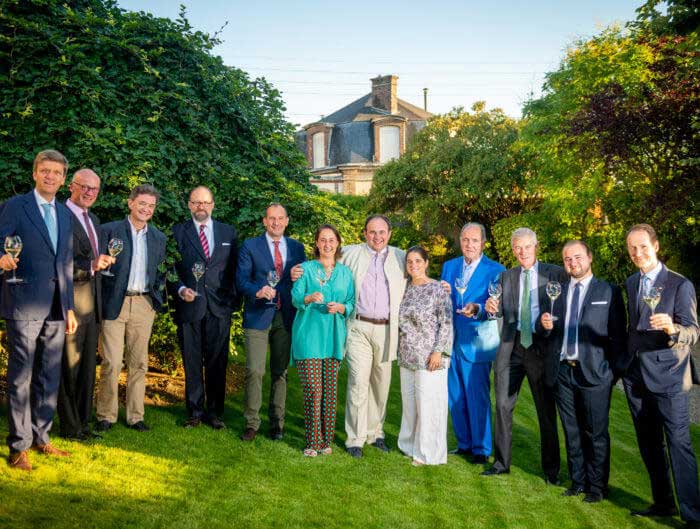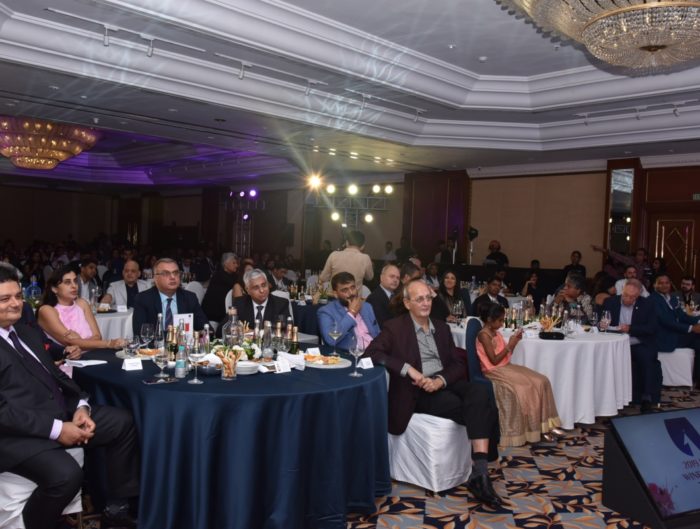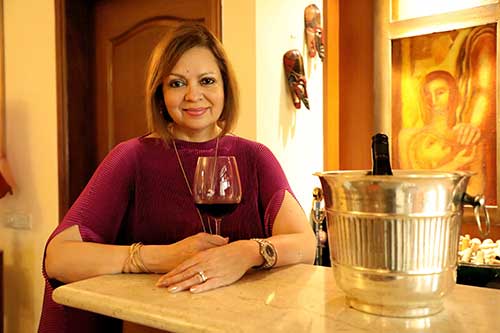…says Sula Vineyards’ chief winemaker Karan Vasani in a candid interview on the state of Indian wine and viticulture and how India will take its place on the world winemaking map one day, losing the ‘intimidating’ tag for wine drinkers
It was Day 1 of the first ProWein Education Campaign session to be held in India. In association with the UK’s WSET, ProWein had lined up sessions, tastings, talks and panel discussions which saw standing room only in the bright, all-white lecture room. On this afternoon, Karan Vasani, chief winemaker and vice president, Sula Vineyards, the best-selling wine brand in India, was about to do a presentation on the ‘Art and Science of the Winemaker’.
Every seat was taken. As I took mine, I was curious. Viticulture in India, a very young winemaking country, is more experimental and impulsive in its functioning than studied and traditional as in the Old World or even some New World countries. So there is much to be learned and analysed at every turn. A great opportunity then, to listen to the bearded, bespectacled young man at the top of the room, laser pointer in hand. He was, after all, winemaker at Sula, the biggest name in wine in India.
Vasani took the out-of-the-box approach, eschewing the standard promotional presentation every presenter usually jumps at. There was no tom-tomming Sula achievements (no mystery for most) and wines (we can look up the website). Instead, he chose to educate and debate the topic of wine with the 60-strong fascinated audience. As I jotted notes and asked the occasional near-impertinent question (which he patiently answered), I was impressed. Vasani had gained more credence and fans by answering candidly, offering honest opinions and ending on a note of happy positivity.
Vasani spoke candidly on how in early days, farmers would erroneously use table grape- growing practices for growing wine grapes due to lack of experience; how certain Indian red wines have a distinct ‘rubberiness’ due to lack of proper ripening of grapes; how the growing season for late-harvesting red grapes is too short to work in India; how for many Indian consumers wine was “just another drink.” There was discussion on the use (overuse?) of oak in India; the lack of high-quality technical education in India that produces viticulturists and oenologists for the Indian industry; the need for exploring new terroirs within the country; discussing the yet unresolved questions on the ageing factor of Indian wine; and how experimenting in viticulture is still prevalent. (“We are a very young country, still learning, exploring – what we do today differs from what we did five years ago. It’s agriculture at the end of the day, not IT.”)
The next morning, we sat down for a brief chat and I went over a lot of what he had said. He didn’t prevaricate, answering simply and directly.
“But we are getting there,” he said, “Keep the faith.”
Excerpts from the interview. Watch the YouTube video interview (below) for more:
You said, “In India, everything is topsy-turvy…” while discussing to Indian viticulture. Explain, please, for the reader.
Besides the fact that we are in the Northern hemisphere and do a January-March harvest, the other thing is that as we go into the harvest season we get warmer, not colder. The average temperature, length of day and sunlight intensity all go up. In a traditional temperate region, all these three factors would be going down. This phenomenon actually allows us to grow both cool climate varieties such as Riesling, which ripen in the early part of the season and warm climate varieties like Syrah which ripen in the later part of the season.
Why do Indian wines often suffer from bottle inconsistency?
At least for our wines at Sula, I would put that down to varied storage conditions. We have a very rigorous quality control system in place and every single bottling has to pass multiple stringent checks before it gets released. Thus when they leave the winery at least, I can say with complete confidence, that all our bottles are identical. However, I acknowledge that varied storage conditions in different parts of the country at different distributors, retailers etc., do have an impact on the final bottle.
You spoke about how Indians love red wine when white and sparklings should be more popular given our warm climate and hotter food.
With regards to why India is drinking less sparkling and white, I honestly don’t have a clear answer that can be backed up with well-established facts. The fact remains that we at Sula feel that both sparkling and white wines are ideally suited to our climate. At the winery at least, where we receive 350,000 visitors a year and have a significant ability to influence people’s wine-drinking habits we are trying to. To just give you a small example – with the monsoon in Nashik almost over and temperatures beginning to rise, we have at our tasting room just launched what we have called a ‘Beat the Heat’ tasting which focuses only on wines that can be had chilled i.e. sparkling, white and rosé.
Okay. So India seems to love certain styles of wine more than others but as a winemaker, which grape varieties would you say are actually ideally suited to grow in our climate?
It’s very hard to make definitive statements about which varieties work and don’t work purely from the fact that India is such a vast country and that so little of the terroir has been explored. However, based on what we have seen in established terroirs, it’s very evident that Merlot struggles to grow well and as a result, there are no new Merlot vineyards being planted at all. It also seems evident that the Rhône varietals are very well suited to India. This can be seen from the tremendous success of Syrah, Viognier and now Grenache. Grenache at this point at least only in the form of a rosé, but it is a variety we expect to do well in the long term.
Sula has been leading other producers by a distance in terms of numbers. What would you put down as the reason?
You also said, “We make wines that the market wants to drink….” Clearly, the Sula focus has always been on a larger market of exploratory, rather than seasoned wine drinkers or high-end buyers… do you see this as an advantage or disadvantage? And are there developments at Sula at the more niche end too?
I would attribute Sula’s tremendous success to the fact that we have always had a very clear vision of our target consumer and the wines they want to drink. We are focused on making easy drinking, fruit forward wines which is where the vast majority of the market is. That being said we are very aware of the fact that the early adopters now have more sophisticated palates and want more complex wines. This is the very reason why in 2013 we launched the Chenin Blanc Reserve which is much drier that our regular Chenin Blanc (which is India’s highest selling white wine) and has subtle oak influence. This was followed up by the launch of The Source Grenache rosé and the Brut Chardonnay in 2017. In 2018 we have launched India’s first and only Sparkling Shiraz and The Source Sauvignon Blanc Reserve. The other key factor in our success has to be our hospitality operations. As I mentioned earlier, we receive 350,000 visitors a year, making it one of the successful tasting room operations in the entire world. Through our tasting room, we are trying to make wine easily accessible, fun and approachable. This is important because for too many people in our country, wine can be quite intimidating.
Honestly, in your view is the Indian wine market growing at a satisfactory pace? I know we have our crosses to bear (heavy taxation, duties, red tape) but on what basis do you justify your “keep the faith” comment?
After a hard FY17 and first half of FY18 on account of the highway ban and demonetization, I am very happy to say that Indian wine is again growing very strongly. Quality of wine is improving every year and wine is now an established drink on many beverage menus even outside of its traditional bastions of luxury restaurants and 5-star hotels. Young people are embracing wine, while I have no data to back this statement one just needs to visit the Sula tasting room on a weekend to see this in the flesh. I honestly see no reason why Indian wine will not continue to grow strongly into the foreseeable future.

